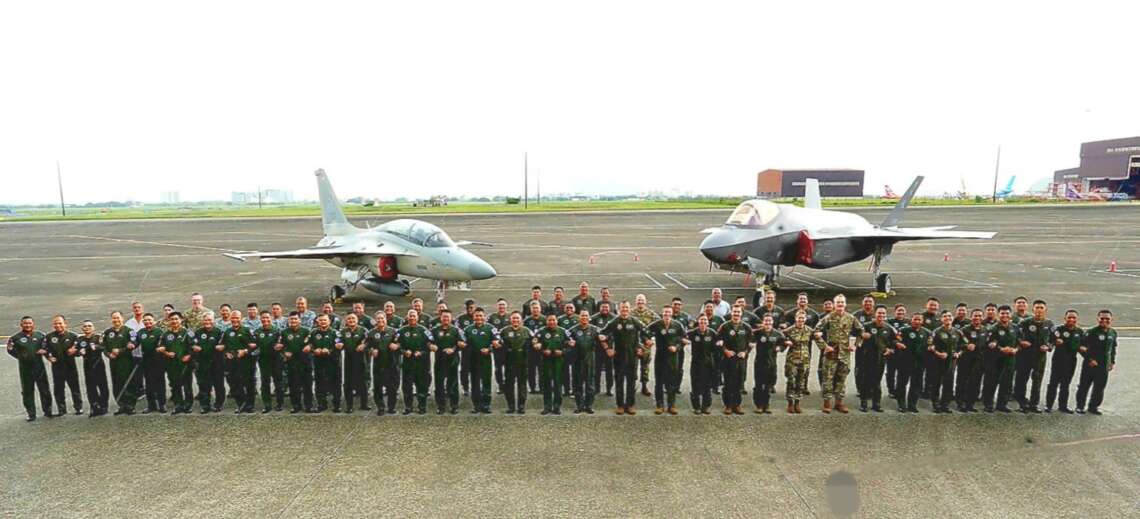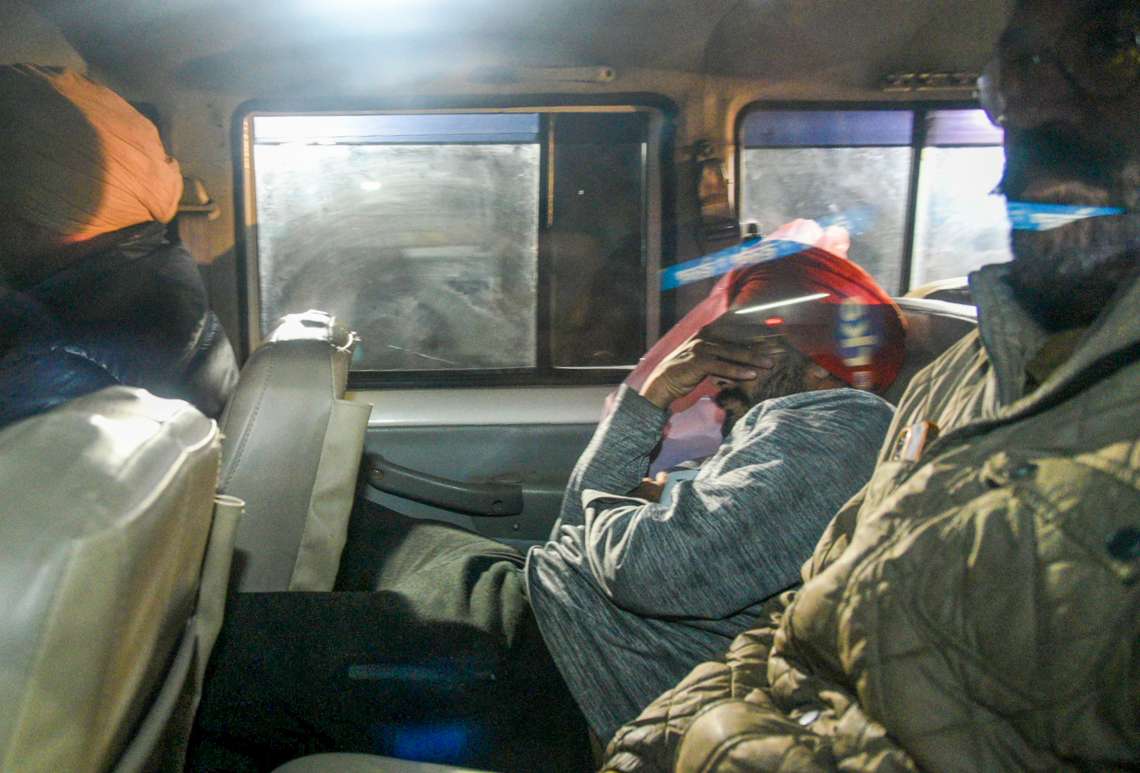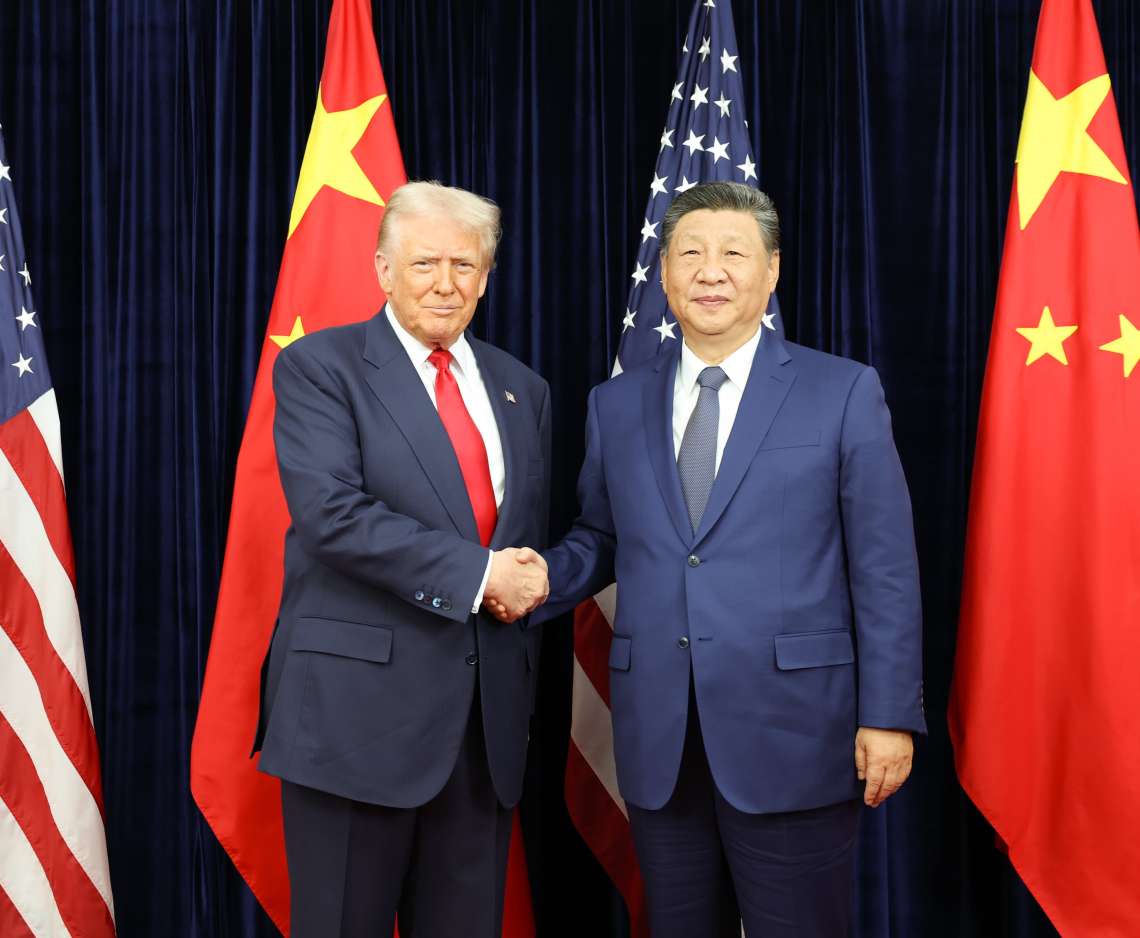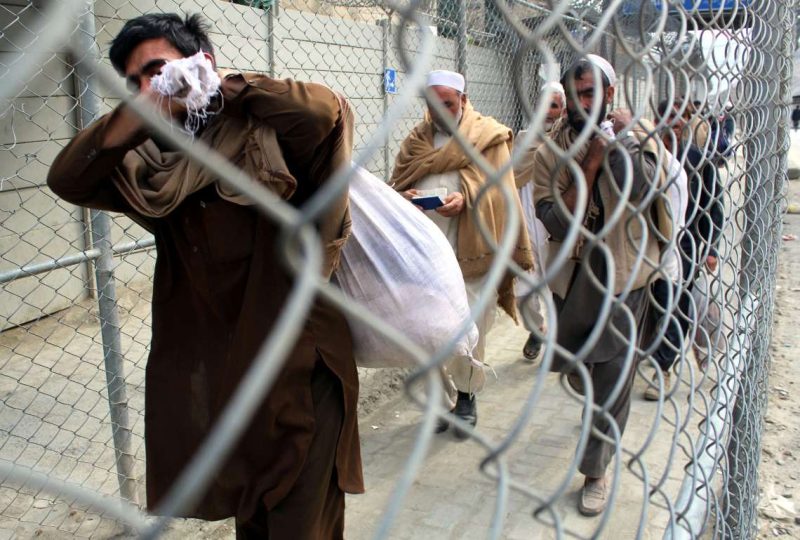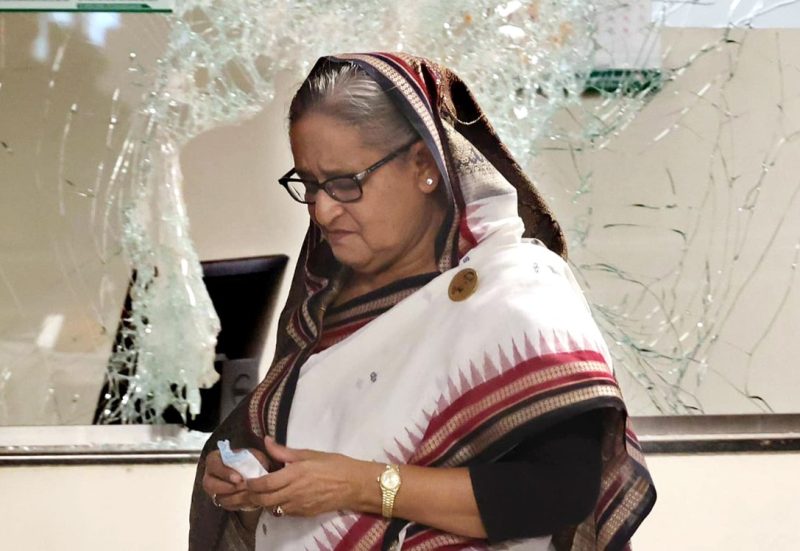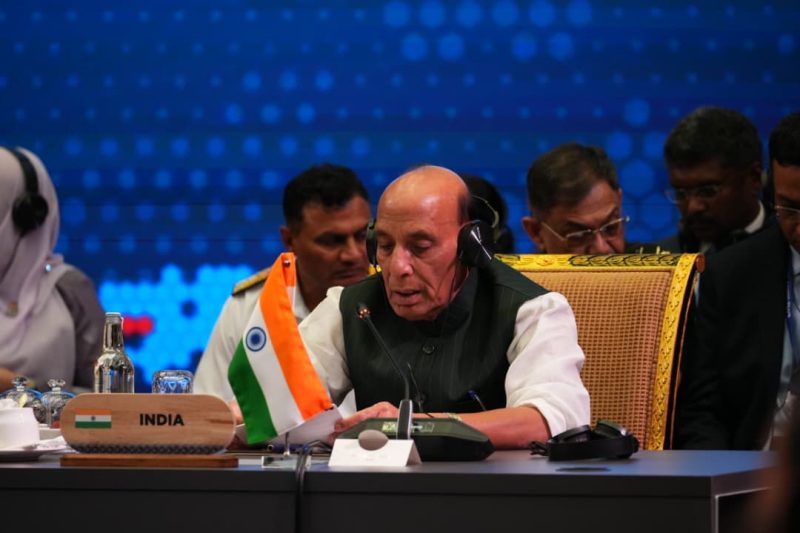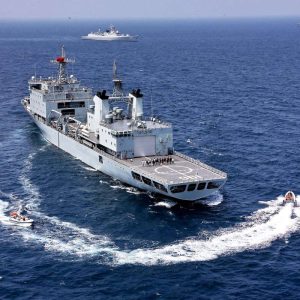As US F-35 jets land in the Philippines for the first time, Manila cements its frontline role in Washington’s power play against rising China….reports Asian Lite News
The Philippines is rapidly cementing its status as a critical frontline state in the intensifying geopolitical contest between the United States and China in the Indo-Pacific, with the recent deployment of cutting-edge American military assets to the Southeast Asian nation underscoring Washington’s strategic priorities in the region.
The arrival of the US Air Force’s fifth-generation F-35 stealth fighter jets at Clark Air Base earlier this month marks a historic first for the Philippines, signalling a significant expansion of bilateral defence cooperation. The F-35s are in the country to participate in “Cope Thunder 25-2,” a joint air combat exercise being held from July 7 to July 18, involving over 2,500 military personnel from both nations.
According to a statement from the US Pacific Air Forces, the exercise is aimed at improving tactical interoperability between the Philippine Air Force (PAF) and the US Air Force, while also bolstering the allies’ capacity to respond jointly to regional threats. The drills, taking place across Philippine airspace including within its Exclusive Economic Zone (EEZ), come on the heels of a high-profile visit by the nuclear-powered aircraft carrier USS George Washington to Manila, further highlighting the scale of the US military’s engagement in the region.
Lieutenant Colonel Bryan Mussler, commander of the US 421st Fighter Squadron, described the exercises as a strong deterrent against potential aggression in the region. “A free and open Indo-Pacific is not guaranteed,” he said. “This type of joint training is essential to our collective readiness.”
The Philippine Air Force, which is participating with FA-50 fighters, A-29B Super Tucano aircraft, and multiple helicopter platforms, flew for the first time alongside the American F-35s. The PAF had previously trained with US F-16s in the earlier phase of Cope Thunder 25-1 held in April. The joint sorties conducted on the opening day of Cope Thunder 25-2, involving FA-50s and F-35s over the Philippines’ EEZ, reflect a notable uptick in air defence coordination between the two nations.
This growing partnership is facilitated by the Enhanced Defence Cooperation Agreement (EDCA), a framework that allows US forces access to nine Philippine military bases. Originally signed in 2014, EDCA was expanded in 2023 to include four additional sites, drawing strong objections from China, which views the Philippines’ expanding military collaboration with the US as a direct threat to its regional ambitions.
Strategically located within the “first island chain”—a string of allied territories including Taiwan, Japan, and the Philippines that act as a bulwark against Chinese maritime expansion—the Philippines holds a pivotal geographical position in the Indo-Pacific. In particular, its proximity to the Luzon Strait and Bashi Channel makes it a potential staging ground in the event of a Taiwan contingency. In fact, earlier this year, the Philippine military chief warned that any conflict over Taiwan would “inevitably” involve the Philippines due to its location.
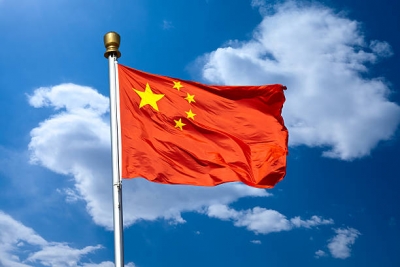
Over the past two years, the United States has significantly expanded its military footprint in the country. In 2023, the US deployed its advanced F-22 Raptors for joint training exercises with the PAF. In April 2025, it sent the Navy Marine Expeditionary Ship Interdiction System (NMESIS) and agreed to a $5.58 billion deal to supply F-16 fighter jets and precision munitions to the Philippine military. During past joint drills such as Balikatan and Salaknib, the US also fielded its Typhon missile system, showcasing its latest defence technologies in operational scenarios.
These developments, however, have not gone unnoticed in Beijing. China has repeatedly criticised the growing US military presence in the region, accusing Washington of destabilising the Indo-Pacific and exacerbating tensions. In what many analysts interpreted as a show of force, China recently conducted an intercontinental ballistic missile (ICBM) test in the Pacific, in direct response to the increasing US-Philippines defence alignment.
While the Philippines maintains that its growing partnership with the US is rooted in self-defence and regional stability, the deepening military cooperation is expected to further strain Manila’s already tense relations with Beijing, particularly in light of ongoing territorial disputes in the South China Sea.
As the US continues to strengthen its alliances across the Indo-Pacific, including with Japan, Australia, and the Philippines, it is clear that the archipelagic nation is becoming a central pillar of Washington’s regional containment strategy. With the F-35s now flying alongside Philippine jets, the message is unmistakable: Manila and Washington are preparing for more than just deterrence—they are building a joint force capable of responding swiftly to the shifting balance of power in the Indo-Pacific.


